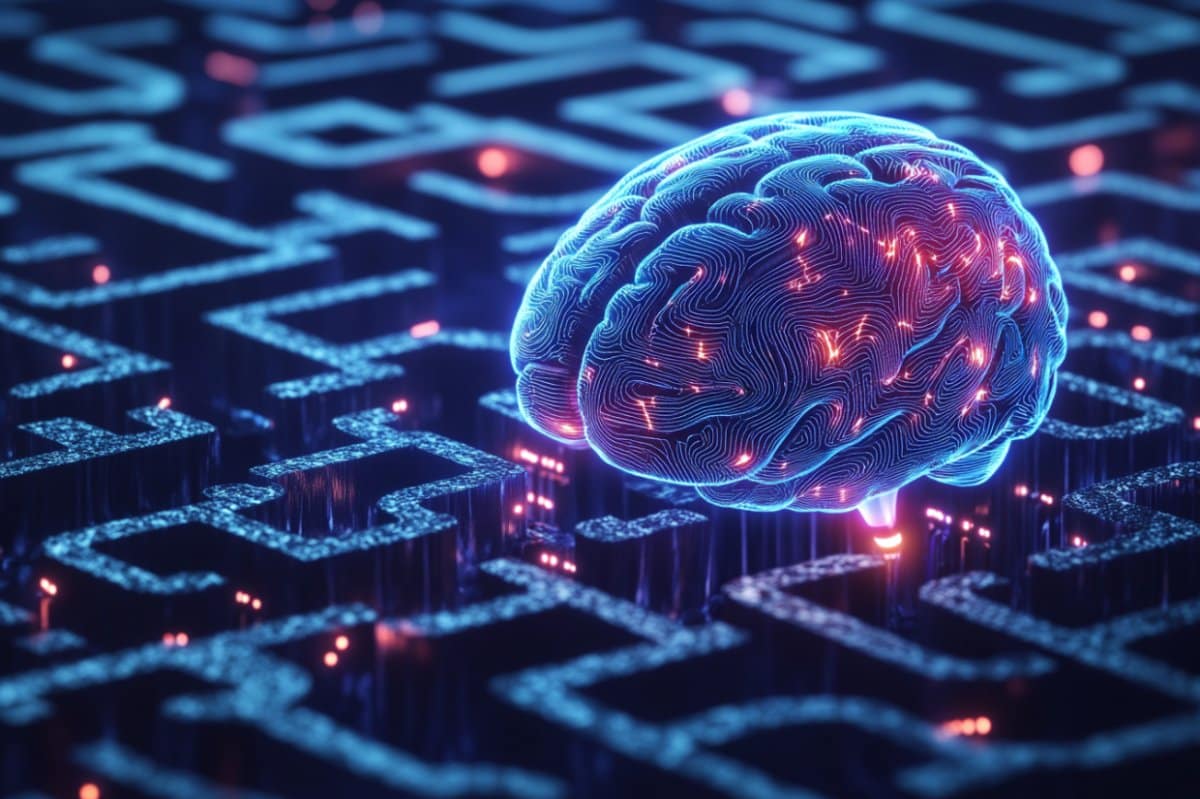In a groundbreaking study, researchers from the Massachusetts Institute of Technology (MIT) have uncovered how humans employ flexible problem-solving strategies when confronted with complex tasks. The study, published in Nature Human Behavior, reveals that people use hierarchical and counterfactual reasoning to navigate challenges, such as predicting the path of a hidden ball through a maze.
The study involved participants making real-time decisions based on sound cues and memory, demonstrating that tracking all possible paths is cognitively impossible. Instead, individuals broke the task into manageable steps or revised choices upon suspecting an error. Computational models confirmed that strategy selection hinges on individual memory strength and task demands.
Understanding Problem-Solving Strategies
Humans excel at solving complicated problems by breaking them into smaller, manageable subtasks. This approach is evident in everyday activities, like navigating to a coffee shop, where one might adjust plans if the elevator is out of service without altering the overall objective.
According to Mehrdad Jazayeri, a professor of brain and cognitive sciences at MIT, “What humans are capable of doing is to break down the maze into subsections, and then solve each step using relatively simple algorithms.” This approach, he explains, allows humans to manage complex problems using simpler heuristics.
Hierarchical and Counterfactual Reasoning
The study highlights two key strategies: hierarchical reasoning, which involves breaking down a problem into layers, and counterfactual reasoning, which involves imagining different outcomes based on alternative choices. While these strategies are well-known, the decision-making process behind their use remains a significant question in cognitive science.
Jazayeri and his team devised a task complex enough to require these strategies yet simple enough to measure outcomes and calculations. Participants predicted a ball’s path through a maze, relying on auditory cues at junctions. This task, impossible to solve with perfect accuracy, allowed researchers to tap into the algorithms humans use.
“The task allows us to tap into this set of algorithms that the humans use, because you just can’t solve it optimally,” Jazayeri notes.
AI and Human Cognition
To validate their findings, researchers trained a machine-learning neural network to complete the task. When cognitive limitations similar to those faced by humans were imposed, the model began employing hierarchical and counterfactual strategies akin to human behavior.
Jazayeri explains, “What we found is that networks mimic human behavior when we impose on them those computational constraints that we found in human behavior. This is really saying that humans are acting rationally under the constraints that they have to function under.”
Implications for Cognitive Science
The study’s findings suggest that human decision strategies may emerge from shared computational limitations, offering a unifying framework for understanding the flexibility and efficiency of human cognition. By varying memory impairment in models, researchers observed that strategy switching appears to happen gradually, prompting further studies into brain activity during these shifts.
Funding for the research was provided by several institutions, including the Lisa K. Yang ICoN Fellowship and the Howard Hughes Medical Institute.
Future Directions
As researchers continue to explore the intricacies of human cognition, this study provides crucial insights into how we solve complex problems with imperfect strategies. The implications extend beyond academic circles, potentially informing the development of AI systems that better mimic human thought processes.
The ongoing research promises to deepen our understanding of the cognitive strategies that underpin human problem-solving, paving the way for advancements in both neuroscience and artificial intelligence.



































































